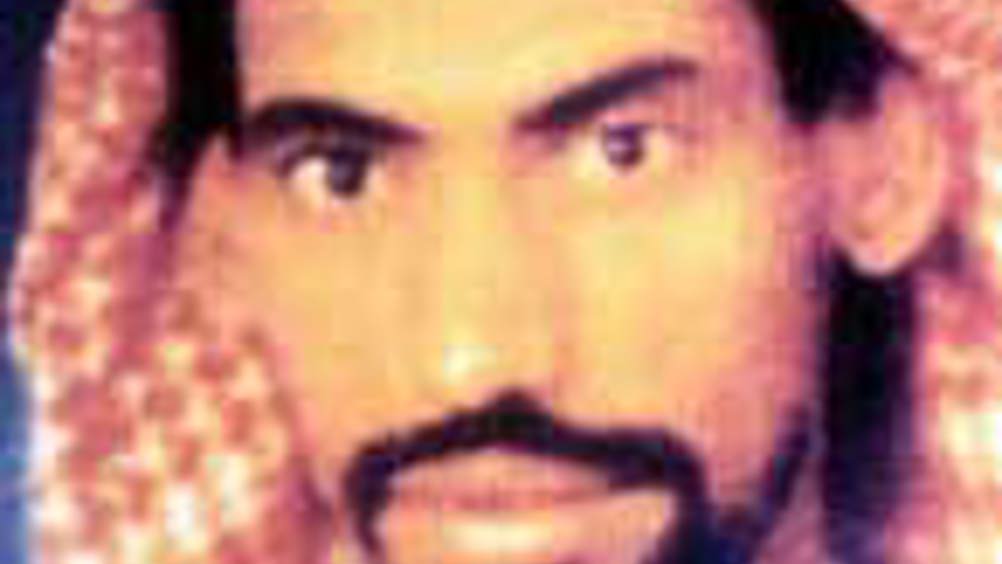Catastrophe technology

Having vital location or map-based information at their fingertips could make the difference between life and death for rescue workers and emergency services working at the scene of a natural disaster or terrorist attack.
A research centre is being launched at The University of Nottingham to look at how the latest advances in computer software and mobile communications could help agencies to prepare for a major event, such as the 2012 Olympic Games, and plan their response should a disaster or incident occur.
In emergency situations, professionals have to make tough, on-the-spot decisions on how to deal with a range of issues, whether it be when to evacuate homes, how to get commuters home when public transport is out of action or how to get the injured to life-saving medical treatment.
In dealing with these challenges, it is essential that people are able to access information on, for example, which flood barriers are likely to breach first, which roads are impassable to motorists and which hospitals have the right specialist equipment. But problems can arise when data is held by a wide range of agencies and on different computer systems.
Register now to continue reading
Thanks for visiting The Engineer. You’ve now reached your monthly limit of premium content. Register for free to unlock unlimited access to all of our premium content, as well as the latest technology news, industry opinion and special reports.
Benefits of registering
-
In-depth insights and coverage of key emerging trends
-
Unrestricted access to special reports throughout the year
-
Daily technology news delivered straight to your inbox










Water Sector Talent Exodus Could Cripple The Sector
Maybe if things are essential for the running of a country and we want to pay a fair price we should be running these utilities on a not for profit...